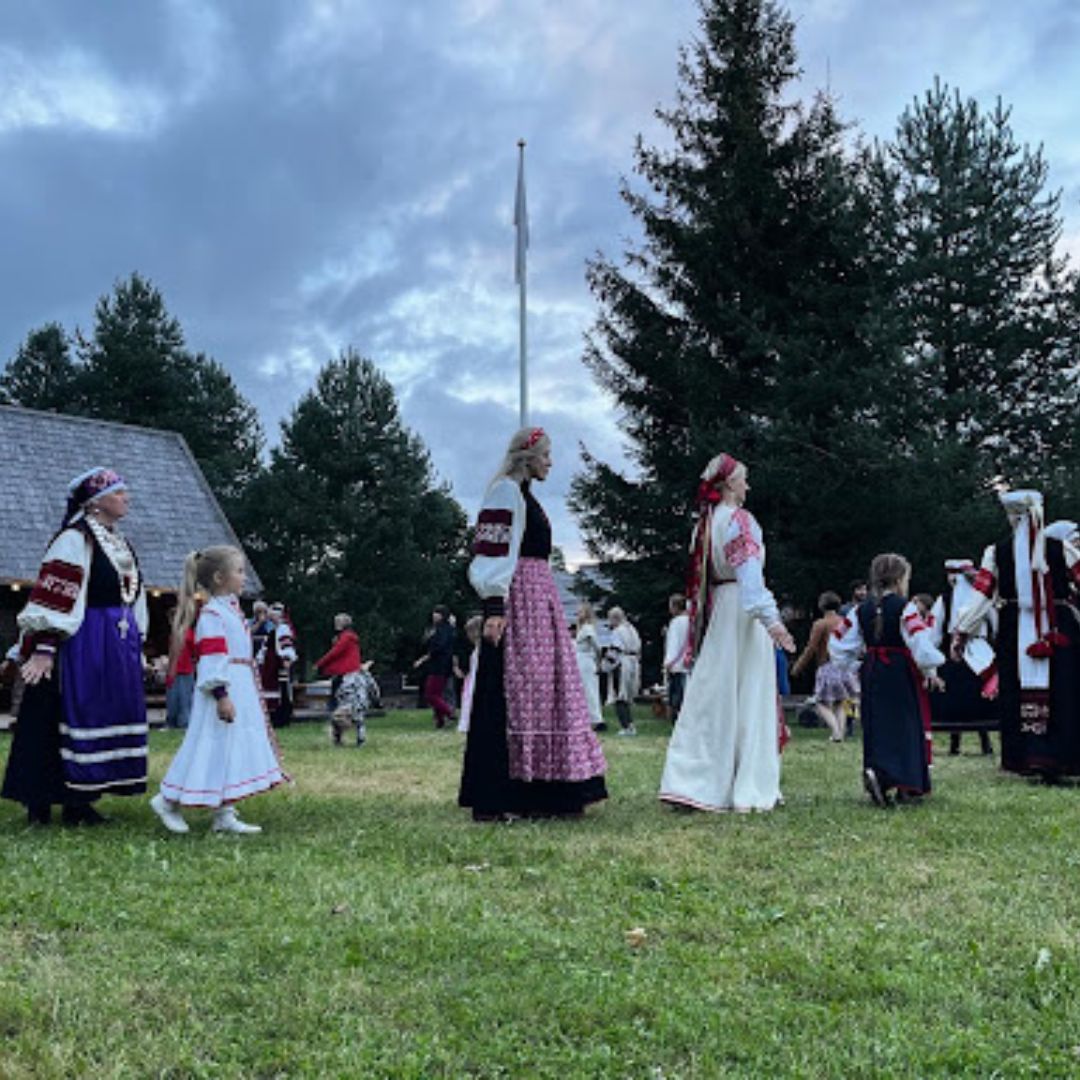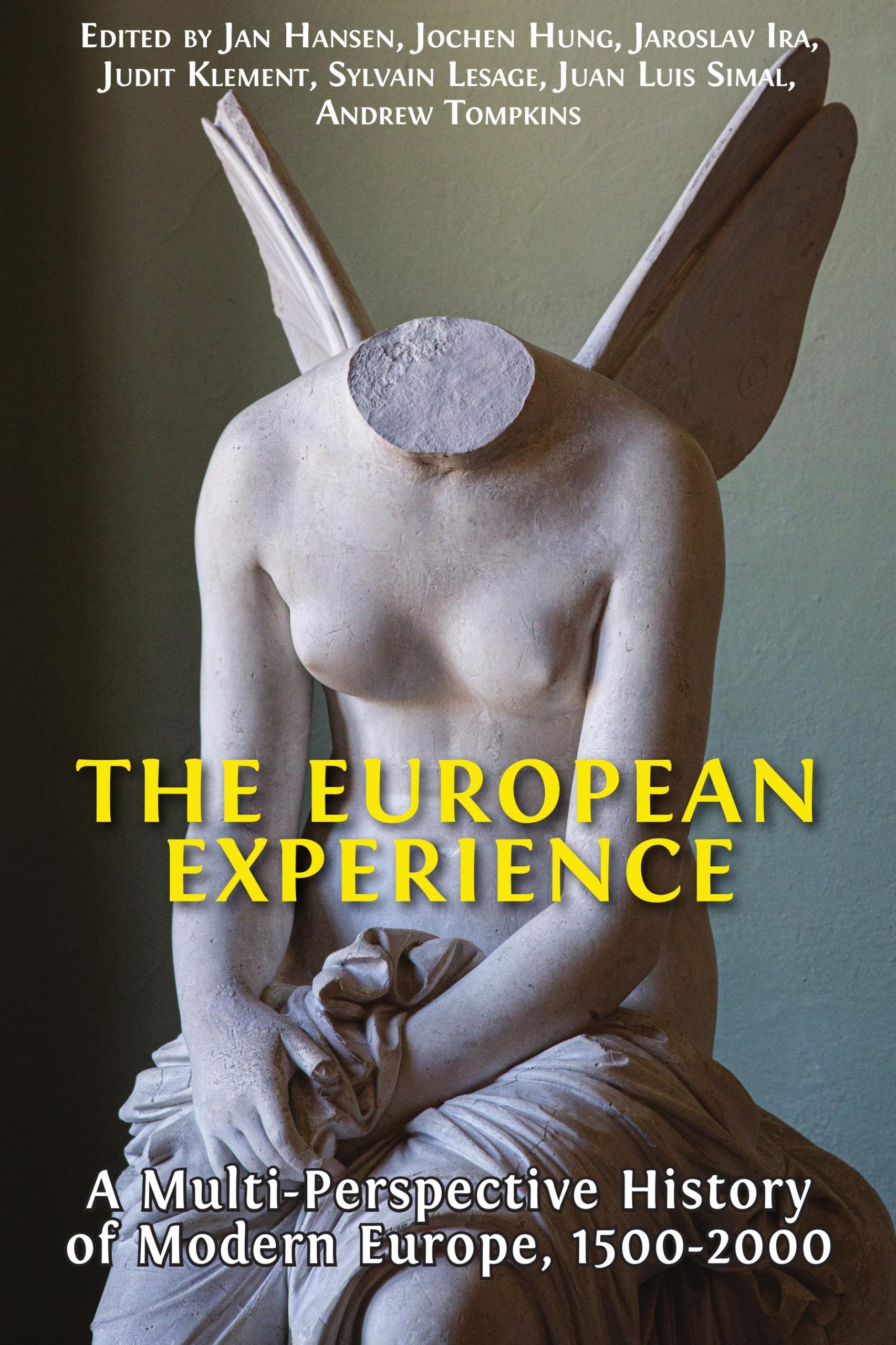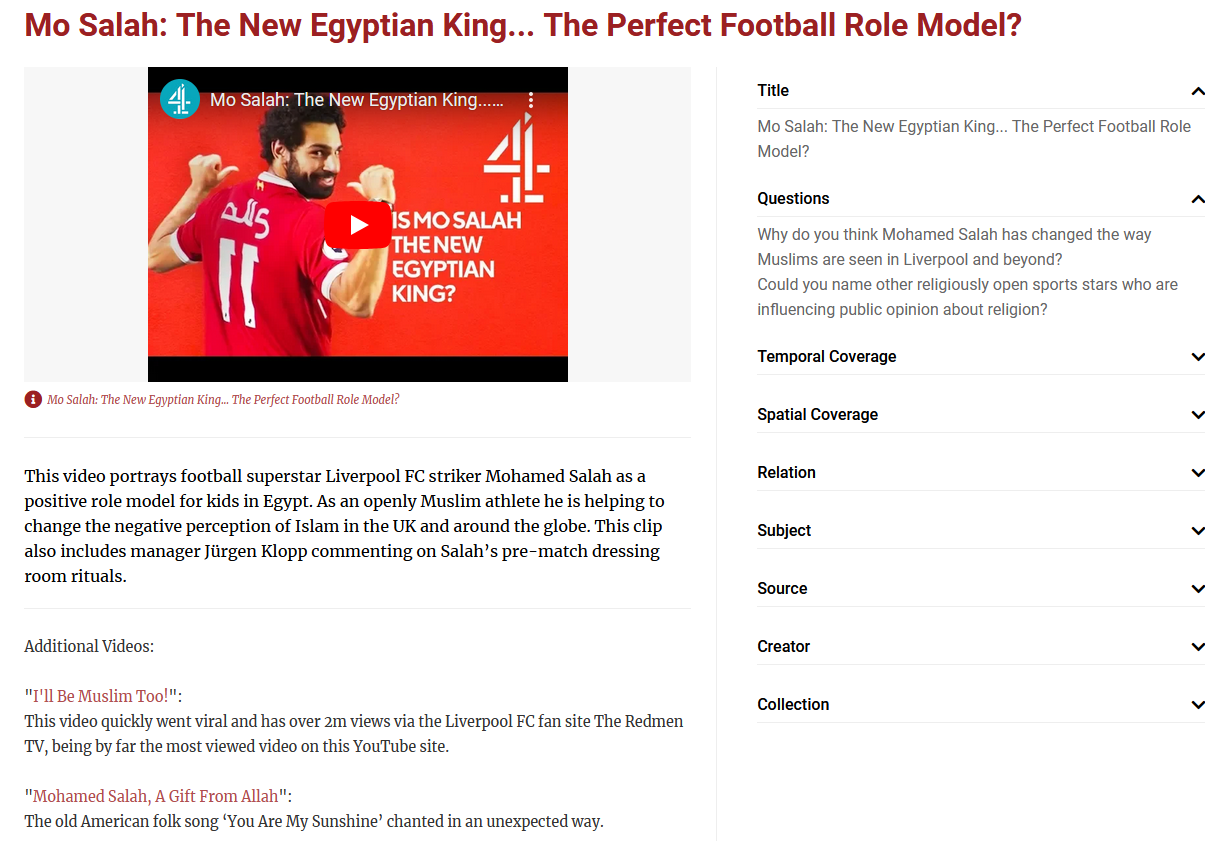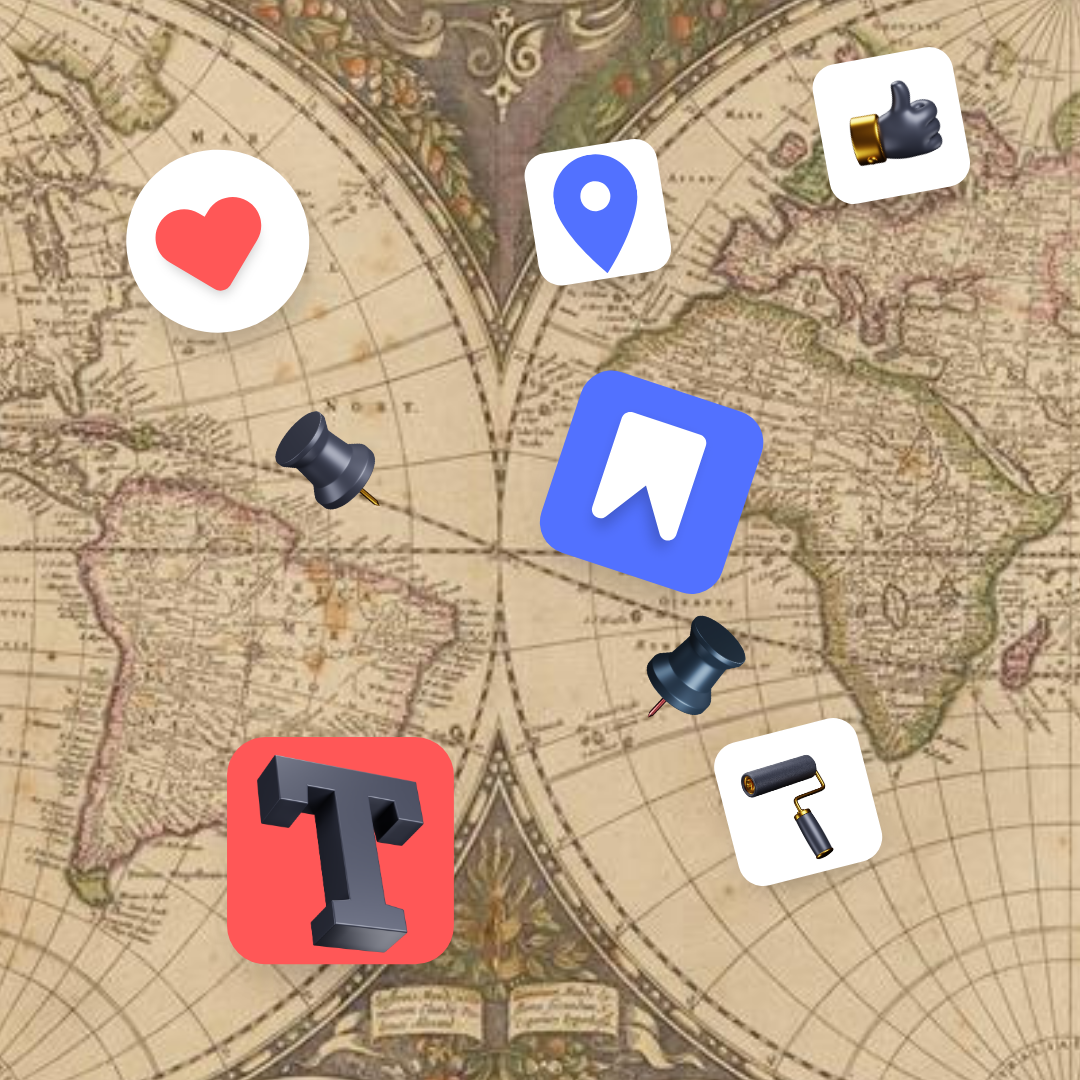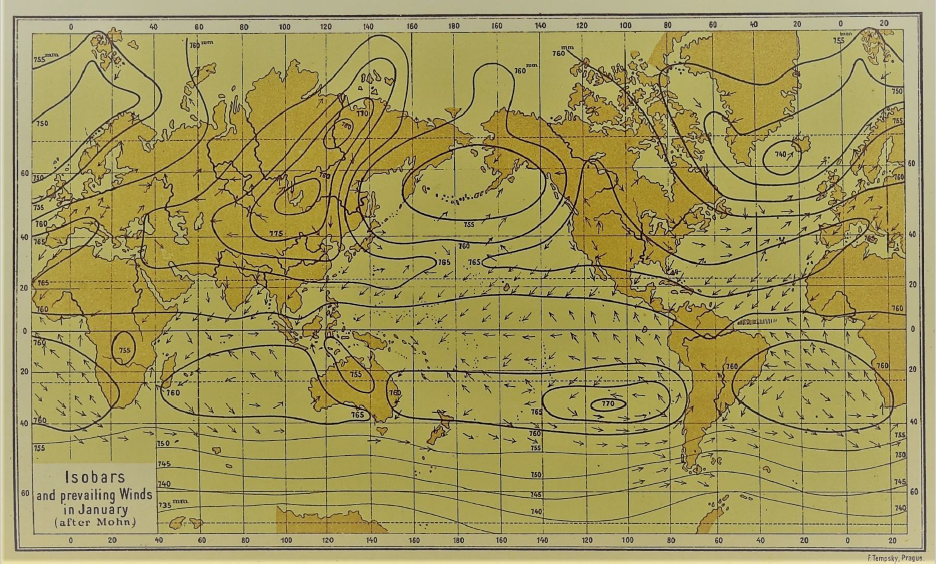By Willemijn Zwart
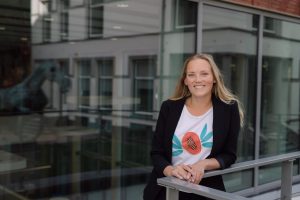
Willemijn Zwart is a Dutch teacher and director of Komvoor, an educational design agency that develops ready-made teaching materials, educational excursions, guest lectures and children’s exhibitions on behalf of social organisations, governments and cultural institutions. In addition, she is administratively active at various organizations in the field of language, identity and education and she used to be a teacher trainer.
Photographer: Jellien Tichelaar
Expeditie Vrijheid (“Expedition Freedom”) is an educational project of Historical Centre Overijssel. In this project, children discover the meaning of war and freedom in their own neighbourhood, by analysing the concept of heritage.
In 2020, The Netherlands celebrated 75 years of freedom after World War II. At its core, the project aims to teach students about the Second World War by taking their own city or neighbourhood as a starting point. Whilst in more standard history teaching methods, there is a list of frequently shown events and topics that students will learn, such as the bombing of Rotterdam or the history of Anne Frank, usually none of them has a direct relation with the area where students themselves grew up. Therefore, with this teaching practice, students would be able to discover stories of events that happened closer to their homes – researching, answering questions, and developing key skills in the process.
Expeditie Vrijheid was developed together with 10 primary schools in the province of Overijssel in the East of The Netherlands. The schools that participated had different backgrounds – ranging from public to religious schools, as well as a special education one. However, the idea of the project and its materials were later shared with the 500 schools present in the province. In 2020, 188 schools participated, obtaining a great and unexpected success.
To implement the project, the schools made use of digital and physical heritage by getting the children out of the classroom. Digital methods allow students to search online (websites or interactive maps) and physical methods enable students to also search in their own neighbourhood to discover what happened (i.e. going to the train station or a building that had another function at that time, etc.).
APPLYING THIS TEACHING PRACTICE:
This practice is suitable for and has been trialed with pupils aged 10 to 12 years old. It could also be used with older students -up to 14 years. Students of this age have basic notions about World War II, so it is not necessary to have prior knowledge, although it does help to search for information.
The project spans the duration of 6 lessons. Each of them is an expedition task which is a mix of online activities (searching for information) and in person (going to specific places).
The reason for doing it in 6 lessons is based on the promise that teachers provide enough material to replace the normal history method on World War II. These lessons have an order, and can be completed in two ways:
1. A more intense way, which consists of teaching this practice in a relatively short period of time (1/2 months) and have one or two lessons every week
2. A longer duration path, with one lesson every 2 weeks.
The way of working with the material is normally done with the entire class lesson by lesson, and then, pupils are divided into small groups according to the topics. Other schools have applied it differently: they divided the class into groups and each group does a different lesson, in the end, they share the outcomes.
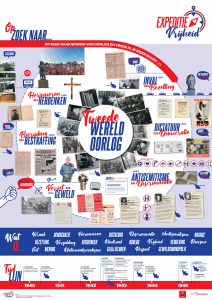
For this project, schools selected (4) typical stories of the region of Overijssel with some information and pictures. This was useful because one of the core elements was having a big poster in the classroom (which was sent before to the schools by Expeditie Vrijheid). In the poster, students could connect every source they found with the questions presented.
Regarding technological equipment, a device (at least 1 device per group of students) and an internet connection is needed. However, it is also possible to print the materials. For this teaching practice, the material was first formatted into digital working sheets that were easy to print. However, due to the COVID-19 pandemic and lockdown, many schools used digital materials.
In addition, during the process of finding the sources, some digital heritage websites helped them by adjusting the text for the students so that it was easier to read and understand. It also served to improve the content of heritage online for the general public. Some of these heritage websites were: www.beeldbankwo2.nl, www.joodsmonument.nl,www.tracesofwar.nl, and www.mijnstadmijndorp.nl.
ADVANTAGES:
- Collaborate with schools in the same area.
- Opportunity to enhance existing heritage related content for the general public.
- Easy to transfer to other teachers and provinces of the Netherlands.
- Low cost, as it does not require a large investment, apart from a poster.
- It does not require advanced technological equipment.
- It can be done both online and offline.
LIMITATIONS:
- The level of educational materials is rather complex and can be difficult for the younger students.
- The materials on offer have been developed for use in Overijssel province. It could however serve as inspiration for similar materials discovering experiences in neighbourhoods or cities elsewhere in Europe.
- Dealing with copyright and links to sources that tend to change can present issues.
- The subject is sensitive and some images should be shown with caution to children that age (bombings, wars…)
While this practice has required a lot development work, Willemijn considers that the practice will remain relevant for at least the next 5 to 8 years. Now, other schools from different provinces of The Netherlands would like to work as a team to further develop the material.
If you are an educator and you are considering replicating the approach, Willemijn cautions that enough time preparing both the educational materials and in finding the right sources is crucial. In this case, it took a year to locate all the right sources, with a team of four people working on the project. Willemijn would love to share her experience and knowledge about this teaching practice with other teachers.
“Teachers should feel free to use this method and to make it even better.”
You can contact Willemijn at: w.zwart@komvoor.nl.
Find more information about the project on their website: expeditie-vrijheid.nl, and have a look at this video (in Dutch) introducing the project.
ADDITIONAL RESOURCES (in Dutch)
The Dutch Digital Heritage Network has done publications and videos (1, 2 and 3) with teachers who used this practice.
Other publications about Expeditie Vrijheid and its didactic approach:
- Expeditie Vrijheid responds to teachers’ wishes
- Cultural Heritage: Five questions for the educational designer Willemijn Zwart
- Blended learning: How do you create teaching materials with digital heritage?
* The information presented in this blog post is extracted from an interview between Willemijn Zwart, Andreas Holtberget, and Adriana Fuertes Palomares as part of the Critical History project and the collection of best teaching practices on heritage education, and which took place on July 6, 2021 in an online format.

Learning history through folk songs – the case of Seto Leelo

The European Experience: A Multi-Perspective History of Modern Europe, 1500-2000
The European Experience: A Multi-Perspective History of Modern Europe, [...]

RETOPEA- A project to promote religious peace and tolerance through history
God is back! Although we live in a largely secular [...]

IT Learning Environments in Estonia

Recommendations on the Development of Cross-Border History Education Resources

